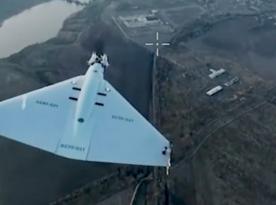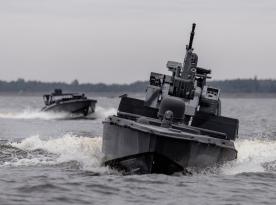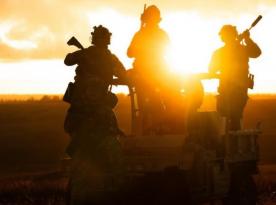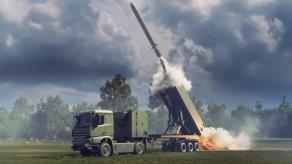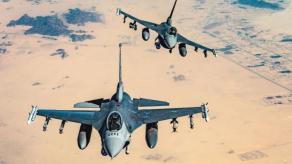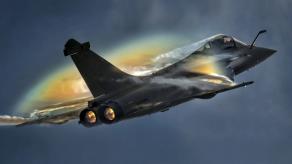The russian full-scale war in Ukraine, which at first was considered as a blitzkrieg, in May turned into a war of exhaustion, now moved into a stage of total war. The scale of mass mobilization in russia indicate that the real number of the mobilized may be higher than the 300,000 people. According to Ukrainian intelligence, russia is possibly trying to mobilize 1-3 million people. The removal from preservation and transfer to troops of obsolete weapons and military equipment is an additional indicator. Obviously, that russia does not have the ability to provide such a large number of troops with modern equipment in such a short period of time.
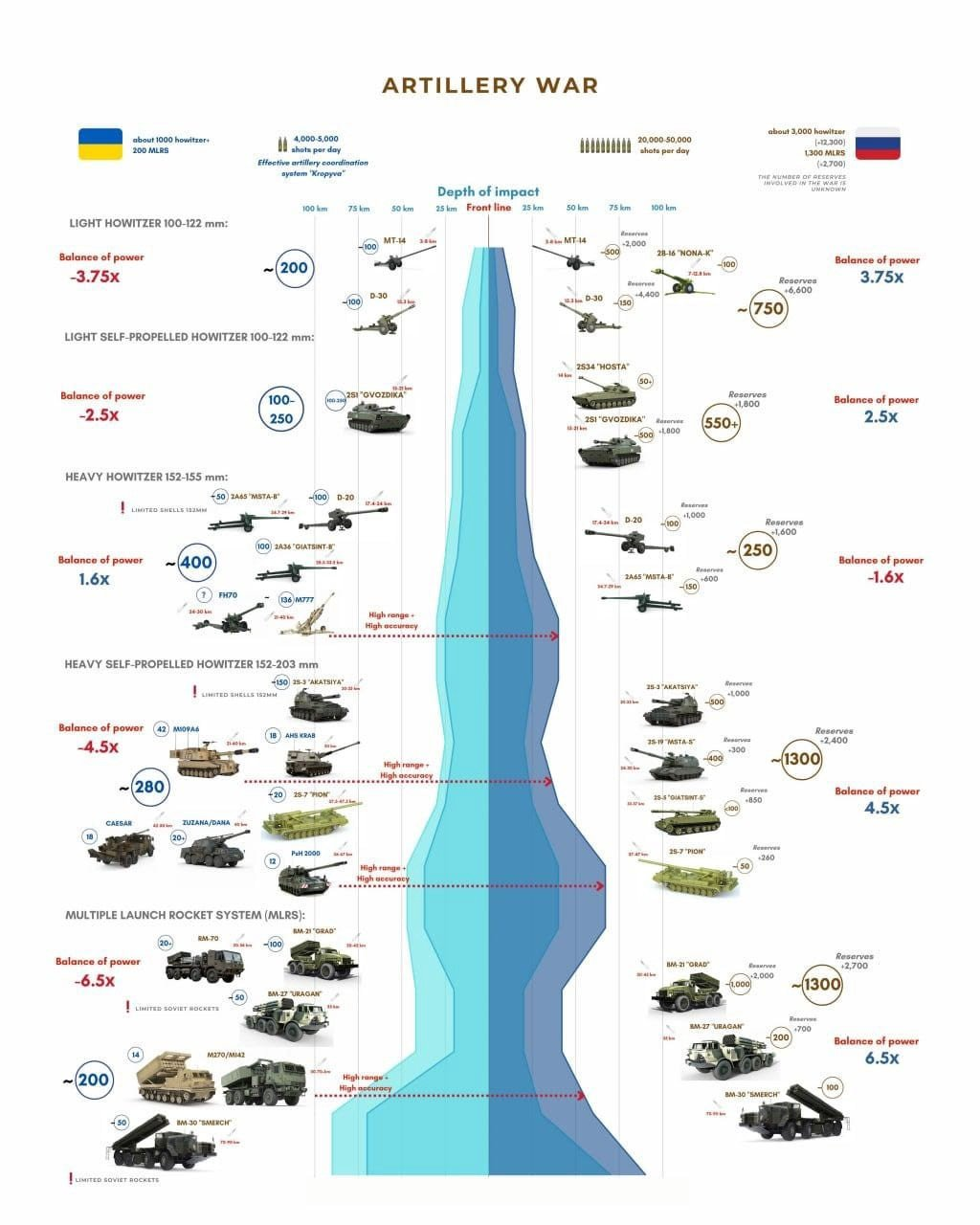
Since May 2022, the russians have been betting on absolute fire superiority due to a greater number of artillery systems and a practically unlimited amount of ammunition. Despite certain successes that the russian troops were able to achieve thanks to this in Lysychansk and Severodonetsk, they failed to turn the tide of the war. The successful offensive by Ukrainian troops in Kharkiv Oblast in September was a clear indicator that without a significant change in strategy, the russians could suffer a crushing defeat as early as next year. When planning its new strategy, the russian leadership obviously focused on achieving a quantitative advantage in manpower. This decision was probably due to the fact that russia – with a population of 144 million – has a greater mobilization resource (25–27 million people) than Ukraine, with a population of about 40 million. A significant increase in the number of troops, as planned by the russians, should strengthen the defense of the already captured territories, as well as allow them to carry out offensive operations from the north, including from the territory of Belarus.
Read more: Belarusian Defense Industry Presented the New T-72BM2 With a "Barbecue Cage" On It
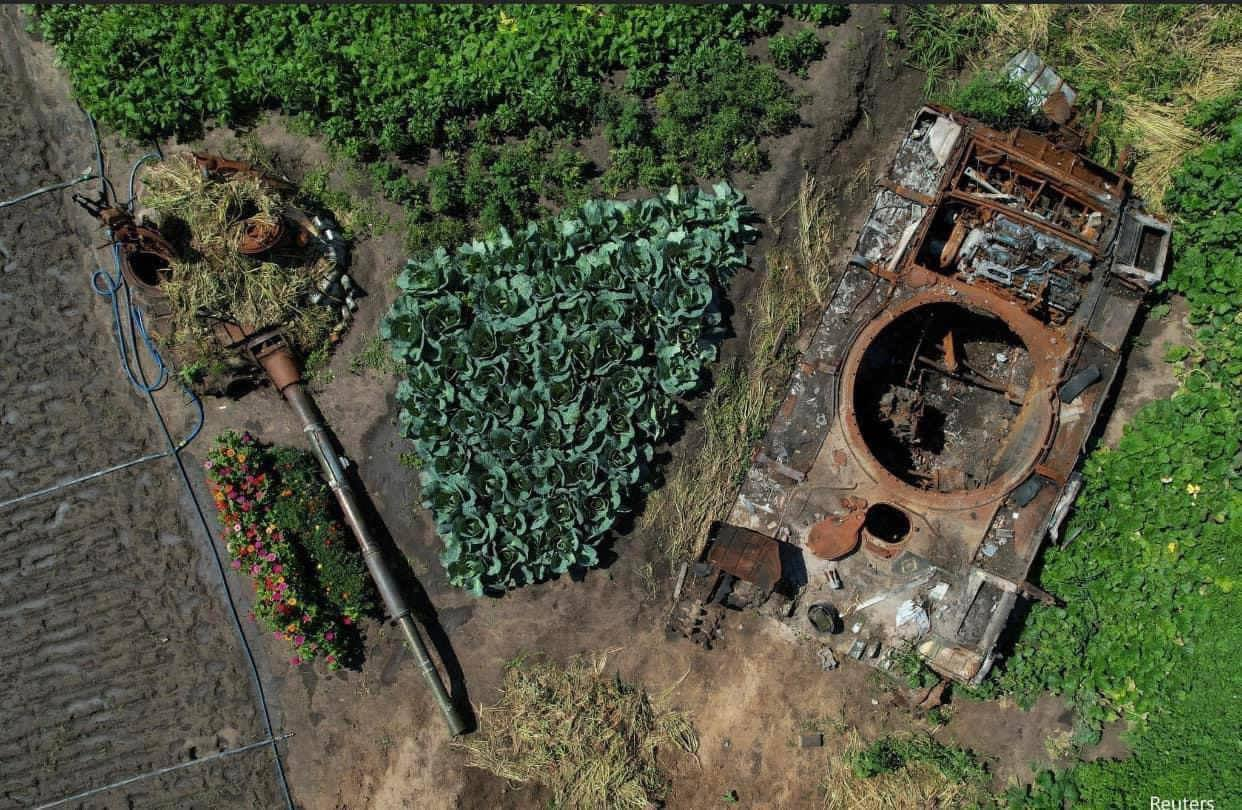
No doubt, in such a situation, Ukraine will also need to increase the number of its own troops and create at least 25–30 new brigades. At the same time, in order to successfully confront russian aggression in this new stage, Ukraine should not focus on achieving a numerical advantage, given the impossibility of achieving it. Taking into account the experience gained by NATO during the Cold War and reflected in the concepts of FAFO and AirLand Battle, Ukraine should aim to achieve technological superiority, with the ability to hit control points, air defense systems, electronic warfare systems, concentrations of troops and enemy military logistics at a depth of up to 200–300 km. For this, Ukraine will primarily need tactical missile systems, as well as a significant number of attack aircraft – both airplanes and helicopters. Ukraine has used its own Tochka-U tactical missiles quite successfully from the very beginning of the russian invasion. However, its reserves are not infinite, and it is practically impossible to establish production in the face of constant missile strikes. In such a situation, the only way to fill this gap is through international technical assistance.
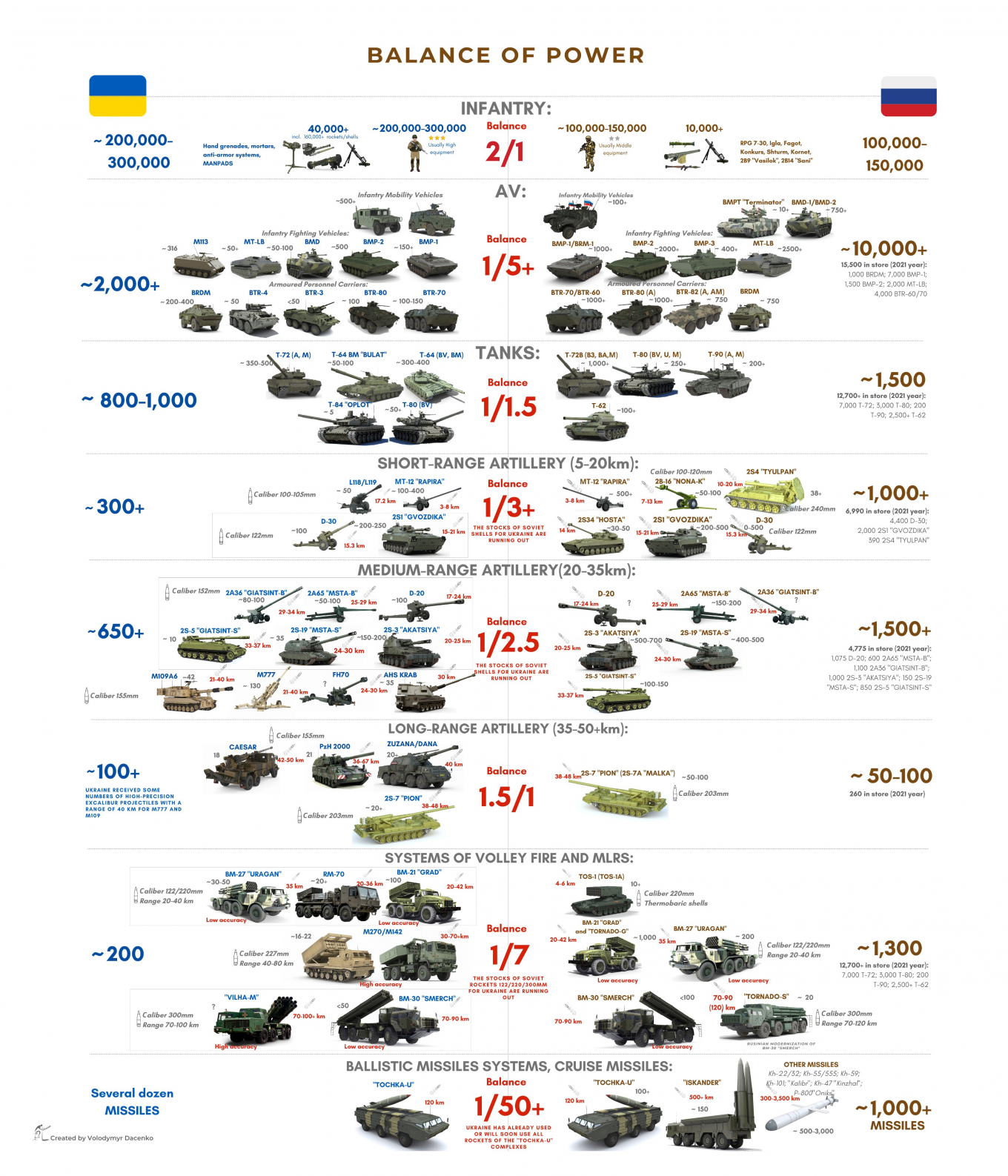
However, the significant increase in the number of russian troops creates not only challenges for Ukraine, but also opportunities. The difficulties that have arisen in the process of mobilization in russia – in particular, the large number of people who have fled abroad to avoid receiving summonses – have forced the russian government to use coercive measures and even conduct raids on conscripts. The lack of proper training and the sending of such persons to the front line immediately after mobilization will lead to a significant increase in casualties among personnel, undermining the already low level of morale and poor psychological state and motivation of russian servicemen. The proportion of russians expressing a negative attitude towards mobilization has already increased to more than 70%.
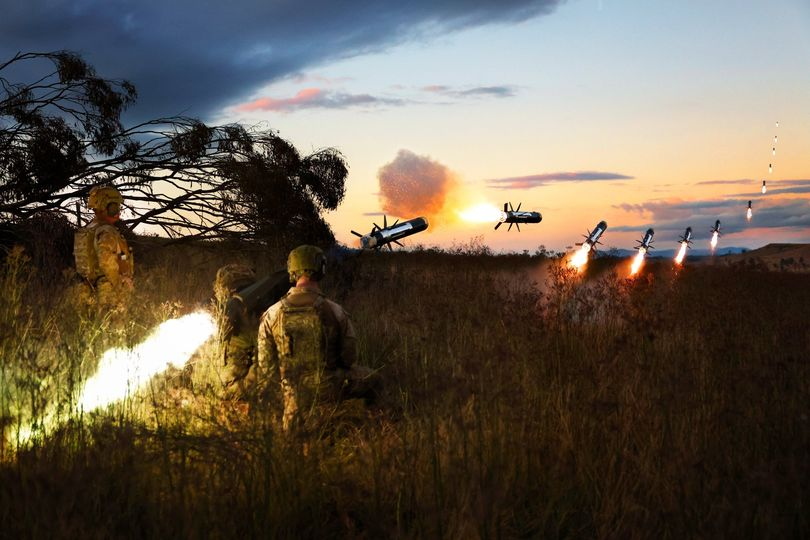
It is safe to say that in connection with the mobilization of civilians, putin's regime is facing the biggest internal crisis in all the years of its existence. This is also indicated by the sharp criticism of mobilization not only by the opposition, but also by representatives of the russian government and even propagandists. The inevitable growth of anti-war and anti-government sentiments in russia creates unique conditions for preparing the russian population to recognize the falsity of the regime's aggressive policy, which must be harnessed when planning and conducting operations in the human domain.
Article by Associate Fellow - Expert in russian multidimensional warfare Oleksandr V. Danylyuk for rusi.org
Read more: The European Union Supplied the Armed Forces of Ukraine With 16 Renault Trucks





